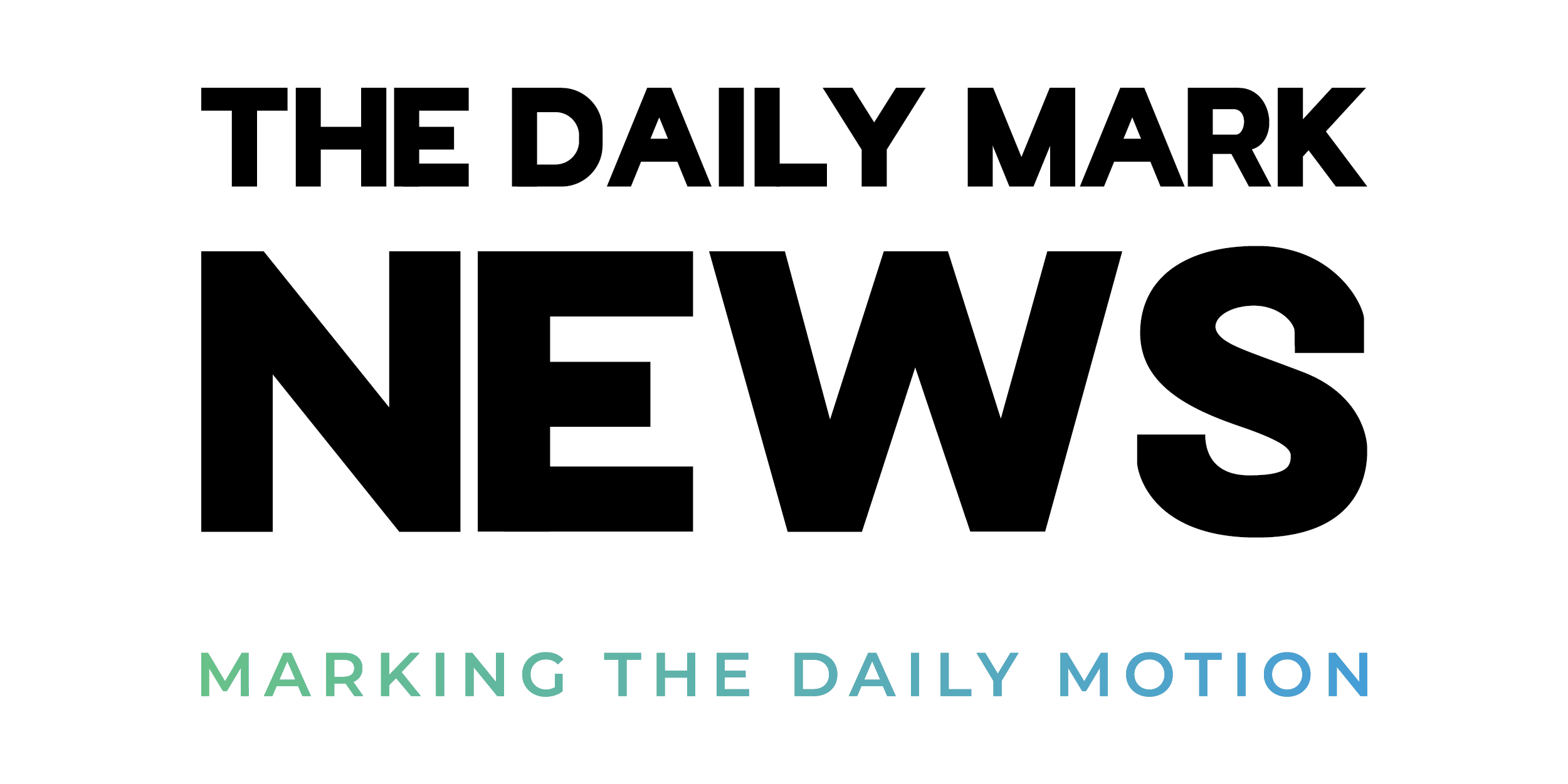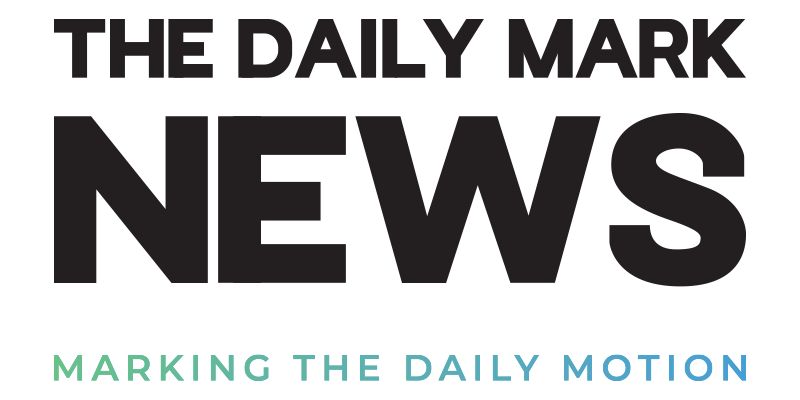In its continuous fight against inflation, the Federal Reserve increased its target interest rate by a quarter of a percentage point on Wednesday, but it also reiterated its commitment to “ongoing rises” in borrowing costs.
The US central bank explicitly acknowledged the progress made in slowing the rate of price increases from the 40-year highs hit last year when it declared, “Inflation has moderated considerably but remains elevated.”
The Fed said that the conflict between Russia and Ukraine was still perceived as contributing to the “elevated global uncertainty.” However, politicians changed the terminology from prior declarations that directly linked price increases to the war and the COVID-19 outbreak.
The US economy is still seeing “moderate growth” and “strong” job gains, according to the Fed, but policymakers are still “very sensitive to inflation threats.”
In order to achieve a posture of monetary policy that is sufficiently restrictive to return inflation to 2 percent over time, the [Federal Open Market] Committee thinks that continued increases in the target range will be warranted.
The move, which was signaled by US central bankers ahead of this week’s two-day policy conference, was widely anticipated by markets and raised the benchmark overnight interest rate to a range between 4.5 percent and 4.75 percent.
However, the Fed resisted investor expectations that it was prepared to signal the end of the current tightening cycle as a nod to the fact that inflation has been decreasing steadily for six months by keeping the promise of further rate increases to come.
A reference to the “pace” of future increases was dropped in favor of a reference to the “extent” of rate changes, but the statement did imply that any future rate increases would be made in quarter-percentage-point increments.
However, those, it stated, would take into account how the economy had been affected by the policy changes up to that point. This language connected further rate increases to the development of upcoming economic data.
The Federal Reserve (Fed) had thought it could keep pushing inflation down to its objective of 2 percent without producing a severe recession or a significant increase in the unemployment rate from its present level of 3.5 percent, a level uncommon in recent years. According to the Fed’s favored metric, inflation fell in December to a 5 percent annual rate.
On Wednesday, the US Federal Reserve did not provide any brand-new economic forecasts from its policymakers.





